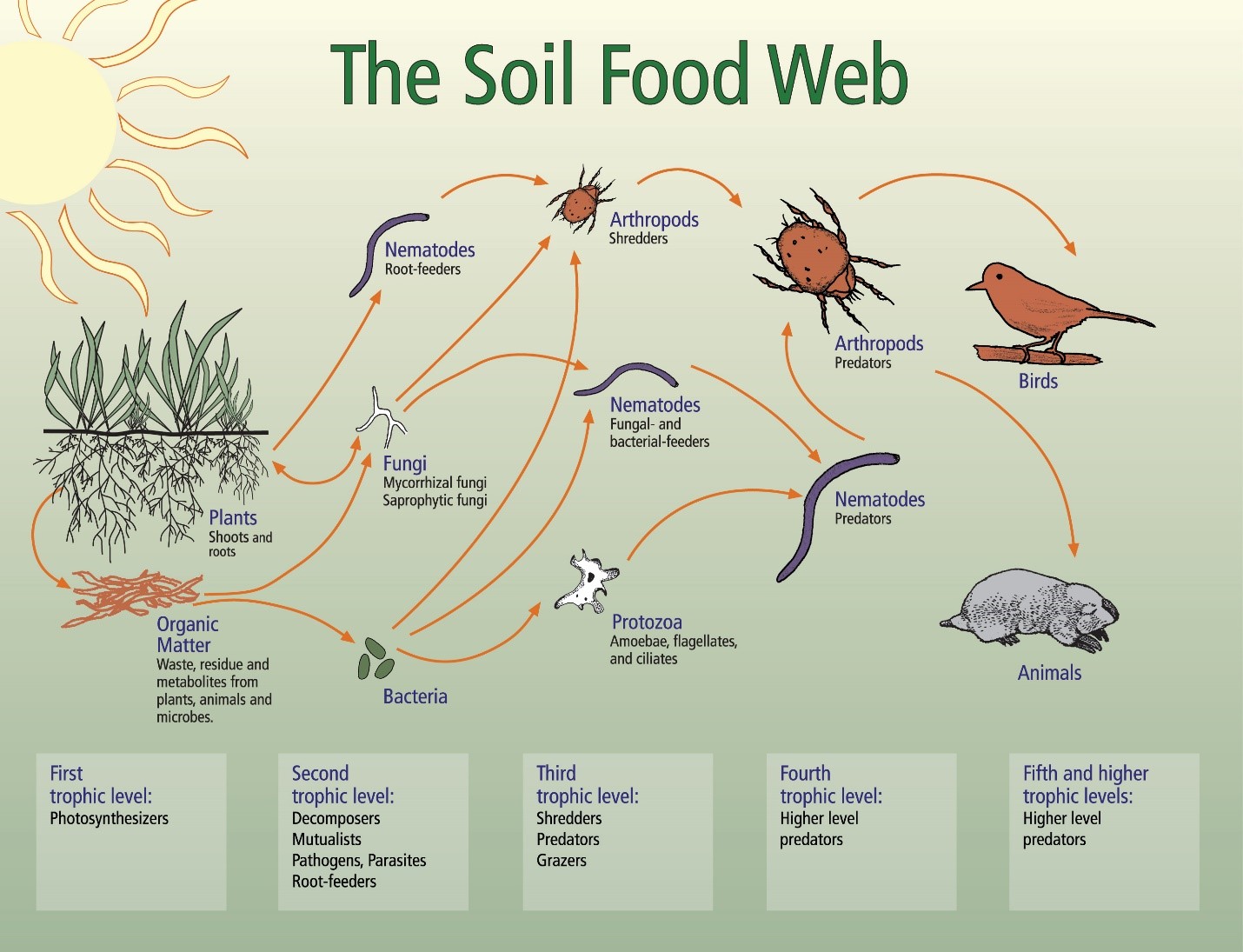Soil quality impacts of agricultural and municipal biosolids applications
Background
Soil health management refers to the preservation and improvement in soil physical, chemical, and biological properties to maximize the productive capacity of soil. Cover crops and reduced tillage are promoted for improving soil health; however, soil amendments such as application of livestock manure and municipal biosolids have received less attention as a soil health improvement practice. A literature review, funded by the North Central Region Water Network and the Soil Health Institute, was conducted to summarize and discuss results of studies reporting chemical, physical, and biological soil properties from application of livestock manure, animal by-products (i.e. compost), and municipal biosolids and to identify further research needs.
Current State of the Science and Understanding
The effects of manure and municipal biosolids on soil physical and chemical properties are well documented in scientific literature (and previously in this blog). When applied at agronomic rates, these amendments:
- increase soil organic carbon,
- increase soil cation exchange capacity,
- provide beneficial micronutrients for crops,
- decrease soil bulk density,
- improve soil resistance to compaction,
- increase soil aggregate stability,
- increases water retention and plant available water, and
- increase water infiltration, which reduces risks for runoff and erosion.
The effects of these amendments on soil biological properties have not been, however, well researched, likely due to cost and time constraints for these measurements. Three main soil biology measures are microbial abundance, diversity, and activity, with abundance being the most commonly reported. These reveal the types (diversity), quantity (abundance), and roles (activity) of soil microbes. Overall, manure and biosolid applications increase the abundance of bacteria, fungi, and earthworms but does not affect abundance of higher order soil microarthropods (i.e. shredders and predators) (figure 1). Increased microbial activity (e.g. respiration and mineralization), an indicator of nutrient cycling, increases with organic amendments; however, faunal diversity does not appear to be positively impacted compared to inorganic fertilizer.
Challenges and Research Needs
Most published research reporting on the impacts of manure or biosolids on soil properties, crop production, and water quality is based on studies involving annual application of the amendment. If annual application rates exceed crop nutrient requirements, risks of leaching, runoff, and accumulation of nutrients (e.g. N, P, K, salts and heavy metals) increase. While few studies have investigated the residual effects of manure or biosolids, improved infiltration and decreased runoff and erosion have been demonstrated to have enduring effects in the years immediately following the last manure application.
Future research endeavors should:
- incorporate quantification of soil biological metrics to improve understanding of manure and biosolids effects on ecosystem services such as nutrient cycling;
- investigate short- and long-term effects of a single manure or biosolids application to support identifying the optimal frequency of application for soil health and
provide discussion clearly relating research findings to management decisions relevant to agricultural crop producers.
Authors: Linda Schott and Amy Schmidt, University of Nebraska-Lincoln
Reviewer: Humberto Blanco, University of Nebraska-Lincoln

